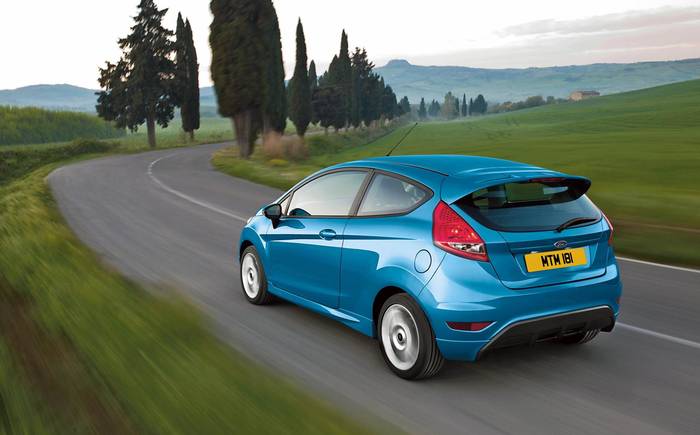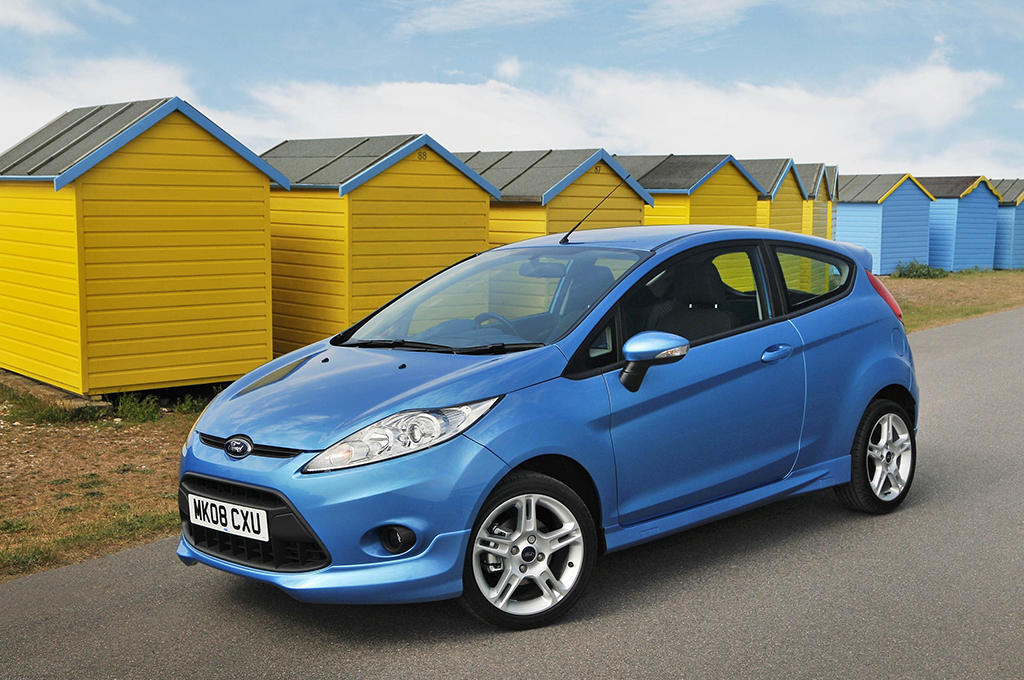Ford Fiesta Mk 6 review (2008-2017)
Forget the badge, enjoy the drive
What is the Ford Fiesta?
Ever since Ford first launched the Fiesta in 1976, the model has dominated the UK sales charts. It’s no surprise really; the power of Ford’s marketing, the array of engines and trim levels plus some tempting pricing (usually with healthy discounts) have ensured the baby Ford is accessible to all.
The sixth take on the model, launched in 2008, is also the best car in its class to drive, so the only reason for not buying a Fester is because you’re a badge snob. For all-round value, it’s the supermini king. If it’s value you’re after, the Fiesta isn’t the only option, though.
There’s a huge choice of alternatives such as the Peugeot 207, Vauxhall Corsa and Renault Clio, while if your pockets are deeper you could have a Skoda Fabia, Toyota Auris or Volkswagen Polo. All are worth a closer look but for each pound you spend, you won’t get a car as good as the Ford.
The Fiesta’s chassis is the headline attraction; even non-enthusiasts agree the car is fun to drive. Another strong point is the car’s standard equipment level. With the exception of entry-level models such as the Studio and Style, Ford Fiestas are well equipped. The Zetec is probably the best in terms of spec versus price, as well as being the most numerous.
Search for and buy a used Ford Fiesta on driving.co.uk
There are plenty of engine options, both petrol and diesel. Among the former are 1.25, 1.4 and 1.6-litre units. A turbocharged 1.0-litre Ecoboost option is a recent addition. All are sweet enough, but the 1.25 came in 59bhp or 81bhp guises and it’s worth going for the more muscular unit, especially if you plan to venture onto the motorway frequently. The Ecoboost is a revolutionary engine that offers big power (up to 125bhp) with 65mpg potential, but such cars are costly to buy and ultimately you’re better off (financially) with a bigger, lower-tech engine.
Diesel fans can choose between 1.4 or 1.6 TDCi powerplants, the latter also coming in ultra-frugal Econetic form. A 1.5 TDCi replaced the 1.4 TDCi early in 2013 and while these diesels provide perfectly acceptable transport, if you want more than that you should home in the Fiesta ST – a truly brilliant hot hatch with a 180bhp turbocharged 1.6-litre petrol engine.
Thanks to the model’s wide availability, prices for used cars are temptingly low. The car supermarkets are always doing deals to shift pre-registered examples. As a result, it’s easy to pick up one of the facelifted cars, which arrived early in 2013 – the ones that look like shrunken Aston Martins.

What to look out for when buying a used Ford Fiesta Mk 6
Creaks, squeaks and rattles aren’t unusual, and can be very hard to pin down. One, which appears to come from the steering column can actually emanate from the rubber bush in the top-mounting on the front suspension strut.
Other potential glitches include the windscreen washers packing in (the tube gets caught in the bonnet hinge), door seals coming away from the frame and fuel filler flaps sticking shut, so the car can’t be refuelled.
There have been two recalls: in December 2011 and February 2012. The former related to the possibility of exhaust fumes getting into the cabin; the latter to the rear suspension failing.
The one to buy
Ford Ford Fiesta ST2
Specifications
- Price:
- £17,995
- Engine:
- 1596cc, 4 cylinders
- Power:
- 180bhp @ 5700rpm
- Torque:
- 177 lb ft @ 1600rpm
- Transmission:
- 6-speed manual
- Acceleration:
- 0-62mph in 6.9sec
- Top speed:
- 137mph
- Fuel:
- 47mpg (combined)
- CO2:
- 138g/km
- Road tax band:
- E (£125 per year)
- Dimensions:
- L 3975mm, W 1787mm, H 1456mm
Ford Fiesta rivals
- Renault Clio (click to check used car prices)
- Seat Ibiza (click to check used car prices)
- Skoda Fabia (click to check used car prices)





